6 Reasons Why Vermiculite and Asbestos Removal Is Critical Before Renovation
Understanding the significance of vermiculite and asbestos removal is crucial before embarking on any renovation project. These materials, often found in older buildings, pose serious health risks if not properly managed. Let's delve into the reasons why their removal is not just recommended but essential.
1. Health Risks Associated With Asbestos and Vermiculite
Asbestos and vermiculite are notorious for their health hazards, primarily affecting the respiratory system. Asbestos, once widely used for its fire-resistant properties, has been linked to diseases such as lung cancer, and mesothelioma. This makes any exposure to asbestos fibers particularly insidious and dangerous. Vermiculite, in its natural state, might not be as hazardous.
Respiratory issues stemming from vermiculite exposure can lead to chronic respiratory problems. When inhaled, fibers from asbestos-contaminated vermiculite can cause significant lung damage over time. This risk is greater for those with weakened immune systems or pre-existing conditions. Long-term implication of exposure heightens the urgency for removal before any renovations. Moreover, it's important to recognize these risks early to prevent irreversible health damage.
Vulnerable populations, including children and the elderly, are at a heightened risk from asbestos and vermiculite exposure. Children, due to their developing bodies, can suffer more severe health outcomes. Similarly, older adults may not recover as swiftly from exposure-related illnesses. Therefore, early vermiculite and asbestos removal is critical in reducing the health impacts.
2. Legal and Regulatory Requirements
Federal regulations on asbestos removal ensure that the excavation and disposal processes are conducted safely and within the law. These regulations necessitate comprehensive removal procedures and documentation. Non-compliance can result in significant fines and legal liabilities for property owners. State and local governments may impose additional requirements, creating a layered compliance environment. Understanding these requirements is paramount to avoid penalties and ensure the project adheres to health and safety codes.
State and local laws supplement federal regulations by addressing region-specific concerns. They might include stricter oversight on projects involving older buildings. This adds an additional layer of complexity to the legal landscape. Penalties for non-compliance can range from financial fines to legal action. Such penalties emphasize the importance of understanding and adhering to all applicable laws and regulations.
Professionals involved in vermiculite and asbestos removal must hold specific certifications. These certifications ensure that practitioners are knowledgeable about safe handling and removal procedures. Proper documentation and reporting are also crucial aspects of the regulatory process. Companies are often required to communicate their findings and removal strategies through detailed reports.
3. Impact on Renovation Project Timelines
Discovery of asbestos or vermiculite during renovations can lead to unforeseen delays. This is often due to the immediate need to halt projects until safe removal has been conducted. Scheduling professional vermiculite and asbestos removal services is crucial, as licensed companies must be engaged to handle the hazardous materials. Moreover, according to Fixr, most asbestos removal firms strive to finish projects in roughly 48 hours, providing quick resolution. Nonetheless, it‘s vital to incorporate this activity into the project timeline to avoid costly time extensions.
Renovation undertakings must delicately balance between removal and other construction activities. Coordination between these sectors ensures that project objectives are met without sacrificing safety. Clear communication among stakeholders, from construction managers to removal experts, aids in aligning schedules. Contingency planning becomes essential to manage unexpected asbestos discoveries. This forward-thinking approach helps maintain momentum in the renovation work.
Having realistic expectations regarding timelines is beneficial for all parties involved. Adjusting objectives to accommodate safe asbestos and vermiculite removal protects against project overruns. These adjustments help ensure that critical safety measures are not compromised for the sake of speed. While some delays can be inconvenient, they are necessary for ensuring an environment free from health hazards. Ultimately, the ultimate goal should be completing the project both safely and timely.
4. Financial Implications of Removal
Hiring professional removal services incurs specific costs. While initial investments might seem daunting, the long-term savings in health and legal costs make it worthwhile. Immediate removal increases renovation costs but can be seen as a preventive measure against future liabilities. Economic benefits also arise from using safe and compliant renovation practices. Property owners benefit from safeguarding their investments, all while ensuring occupant safety.
Insurance coverage can provide significant protection against the financial burdens of vermiculite and asbestos removal. Some policies include provisions for asbestos abatement, reducing the direct costs to property owners. Ensuring that the right coverage is in place is essential to managing potential unforeseen expenses. Budgeting for such hidden costs ensures project finances remain manageable. This also helps in avoiding financial pitfalls during the renovation.
Safe renovation practices can boost economic growth by creating healthier living environments. Selling a property that meets health standards can enhance real estate marketability. Investing in removal leads to value-added improvements that attract potential buyers. Moreover, transparent safety records contribute to informed buyer decisions. Overall, the financial analysis should weigh both the immediate costs of removal services against long-term investments and potential resale value.
5. Environmental Considerations
Environmental stewardship is a vital consideration when removing hazardous materials. Safe disposal prevents further contamination and protects local ecosystems. The process includes transferring asbestos and vermiculite to designated landfills equipped to handle such waste. This prevents hazardous fibers from contaminating air, water, and soil resources. Environmental responsibility is not only about individual health but also about safeguarding broader ecological systems.
Minimizing environmental contamination involves controlled removal procedures. By adhering to regulations and involving skilled professionals, contamination risks can be managed effectively. Recycling and reusing opportunities emerge within this process. For example, reclaimed materials may be repurposed into non-hazardous products. This aligns with sustainable renovation practices, reducing waste and conserving resources.
Large-scale removal projects often examine their effects on local wildlife and ecosystems. Asbestos and vermiculite, if improperly managed, pose unseen threats to wildlife habitats. Long-term environmental responsibility stretches beyond mere compliance, embracing a proactive care attitude. Promoting best practices affirms a commitment to environmental sustainability while preserving property value. Overall, environmentally conscious renovations contribute to a sustainable future.
6. Enhancing Property Value and Marketability
Buyer awareness of asbestos risks has increased, significantly influencing property marketability. Buyers are more informed and cautious about properties with potential health risks. Addressing these concerns by removing asbestos enhances the asset's attractiveness. Meeting increased appraisal standards applies pressure on sellers to offer safer environments. Aligning with health and safety expectations ultimately ensures broader market favorability.
Understanding real estate market perceptions is vital for sellers aiming to maintain a competitive edge. Properties with a history of asbestos management illustrate a proactive approach. The real estate market rewards transparent efforts by potentially increasing listing prices. Competitive edges extend beyond initial sales, as long-term benefits include sustainable environmental standing. This proactive stance involves adhering to environmental conservation efforts.
Building sustainable living environments hinges on a careful balance of health, safety, and compliance. Buyers increasingly seek properties contributing positively to their well-being and surroundings. Properties unburdened by hazardous material risks flourish due to perceived health benefits. The real estate sector continually evolves, valuing these critical developments. Thus, asbestos and vermiculite removal serves as a pivotal factor in sustainable and market-efficient property sales.
Renovations that overlook vermiculite and asbestos removal not only compromise health but also underestimate legal, financial, and environmental responsibilities. By understanding and addressing these critical areas, property owners can ensure a safe, compliant, and successful renovation project while enhancing property value and maintaining public safety. Ensure your renovation is safe, compliant, and liability-free. Partner with New England Surface Maintenance for expert vermiculite and asbestos consulting services today.


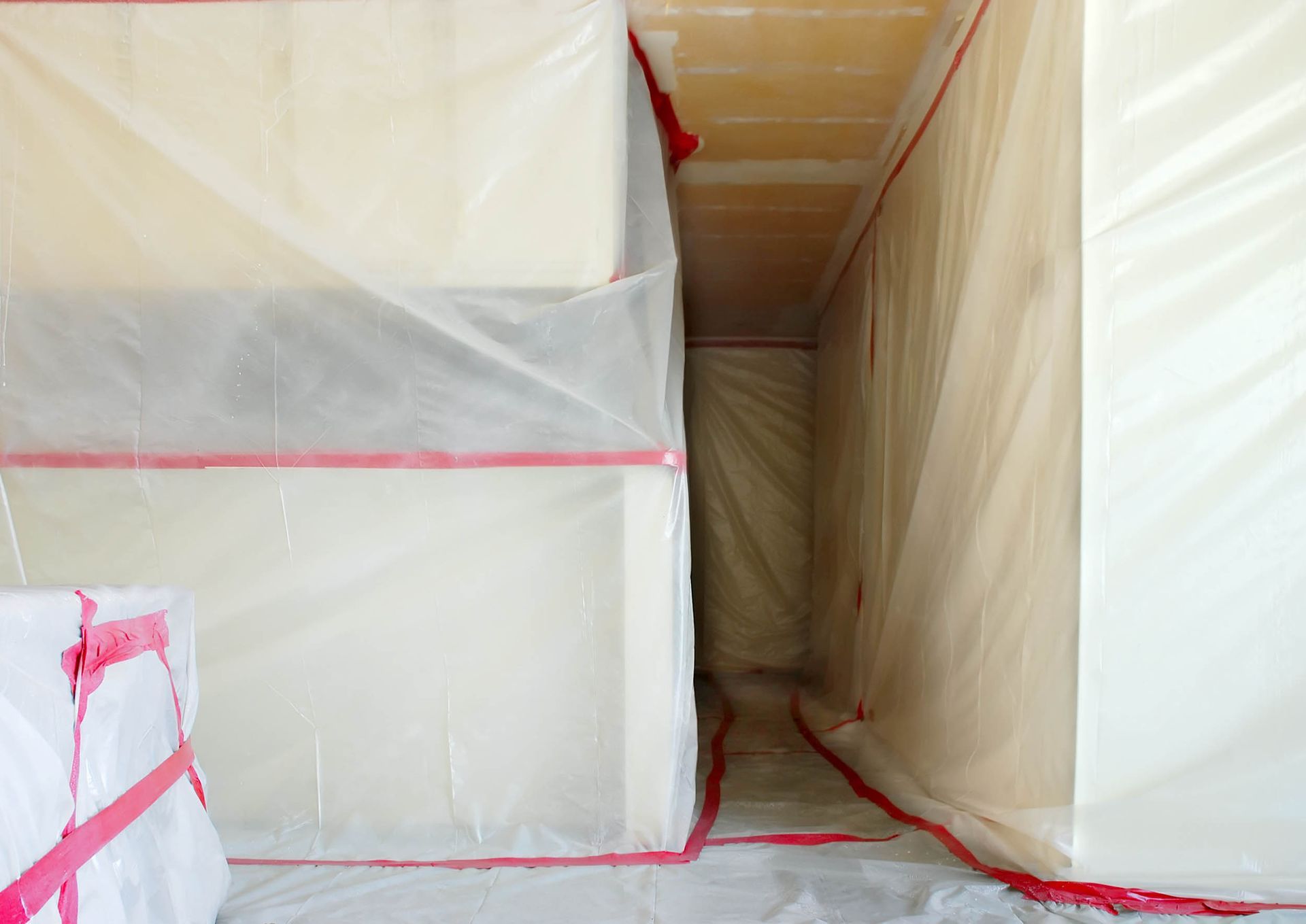
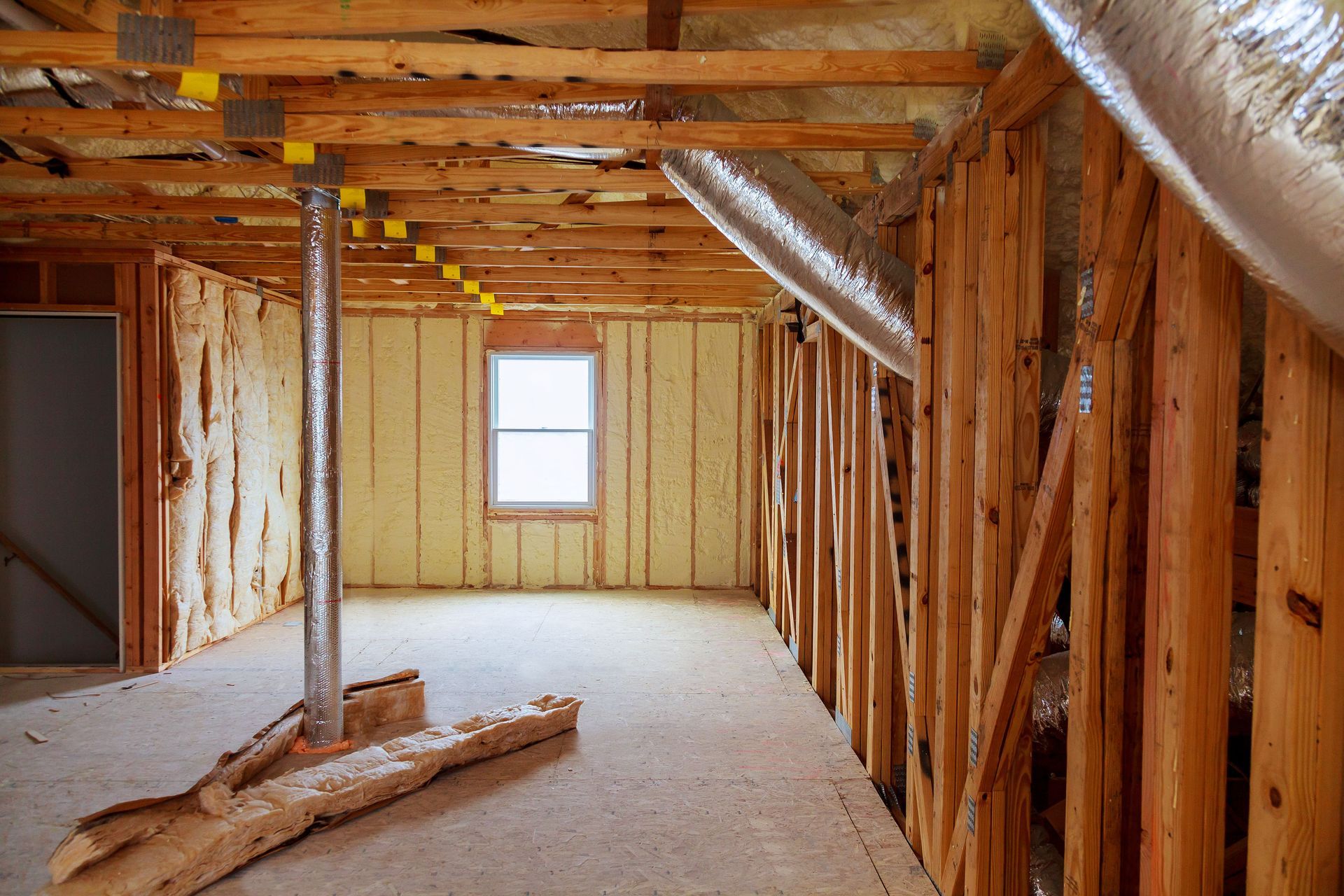

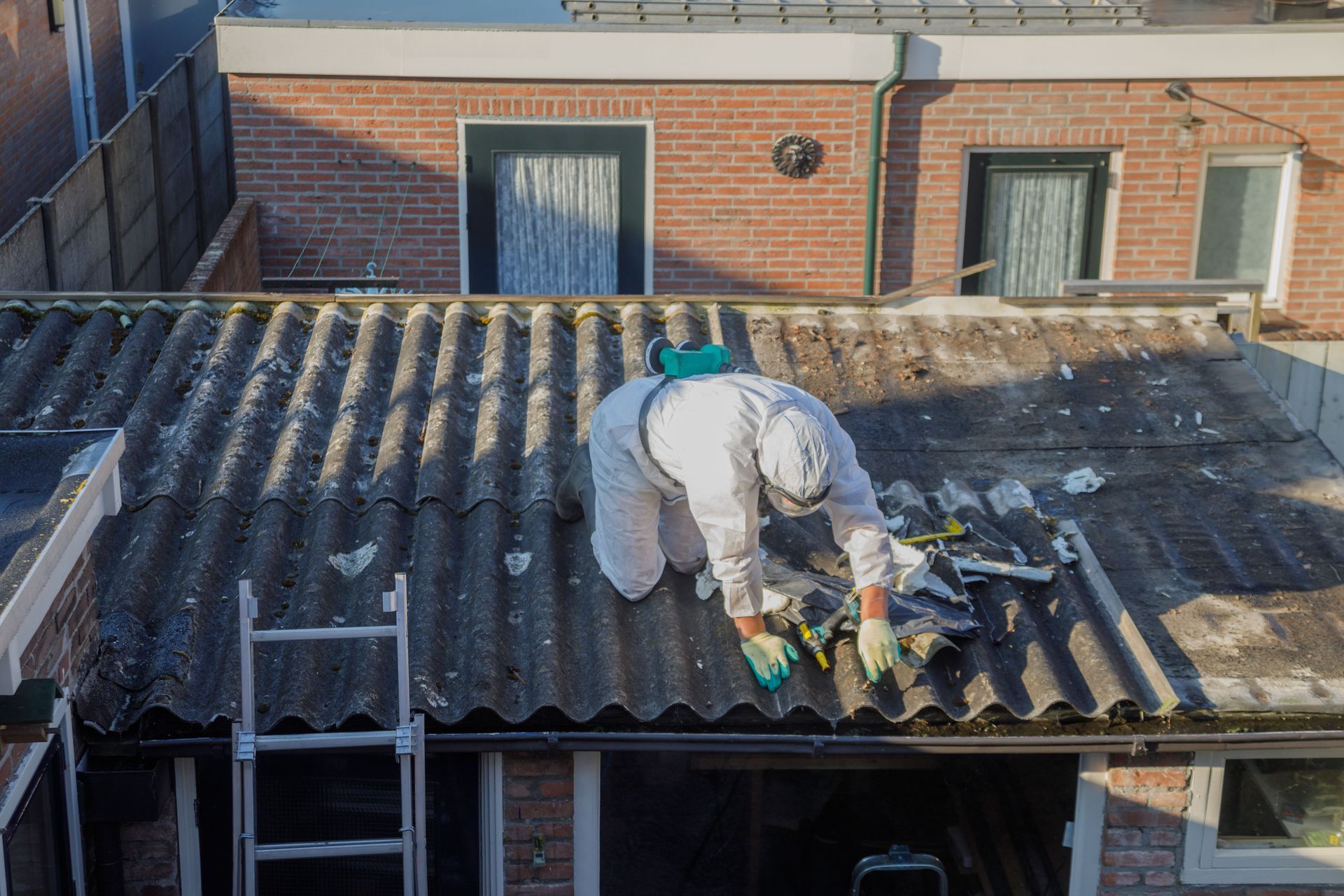
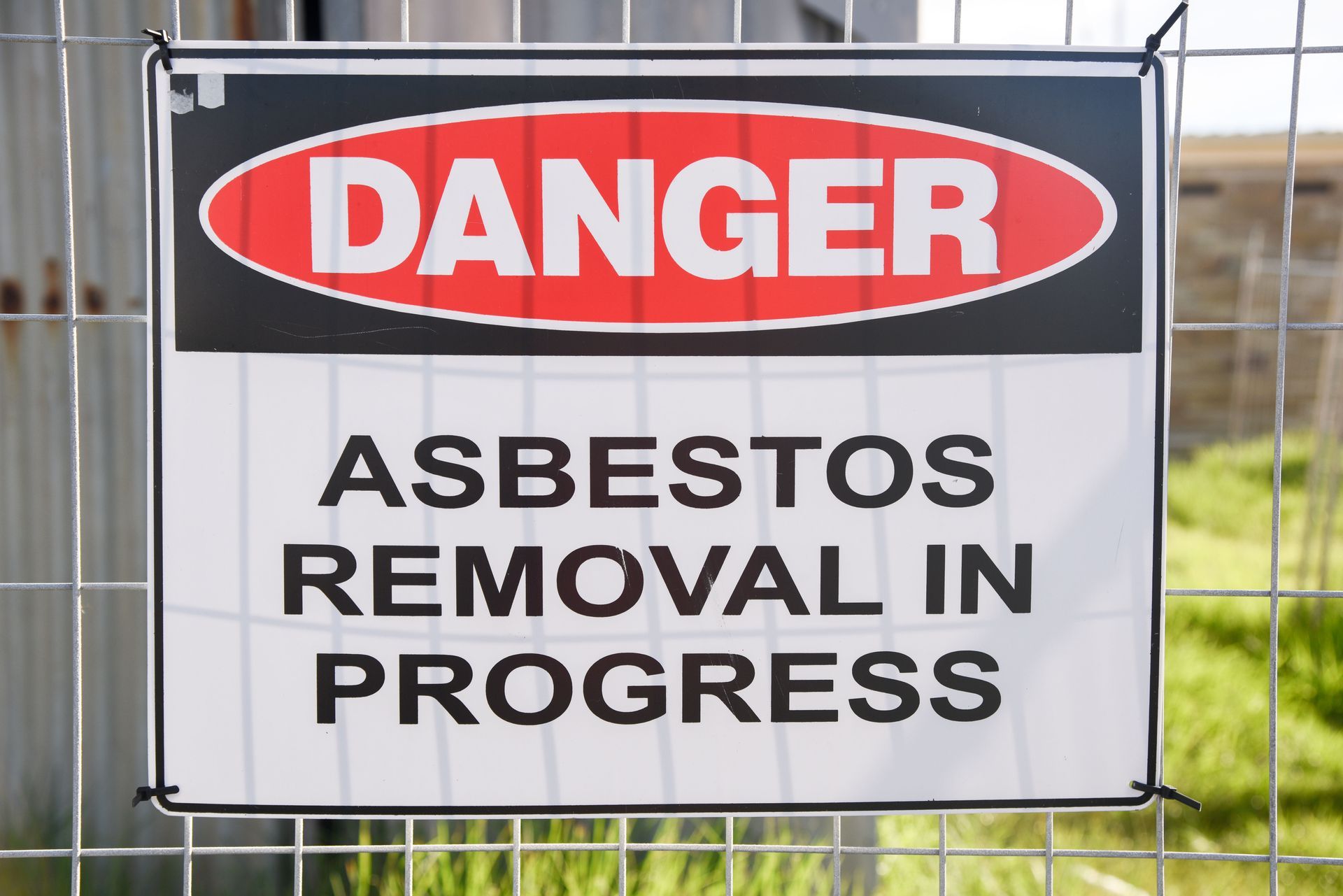

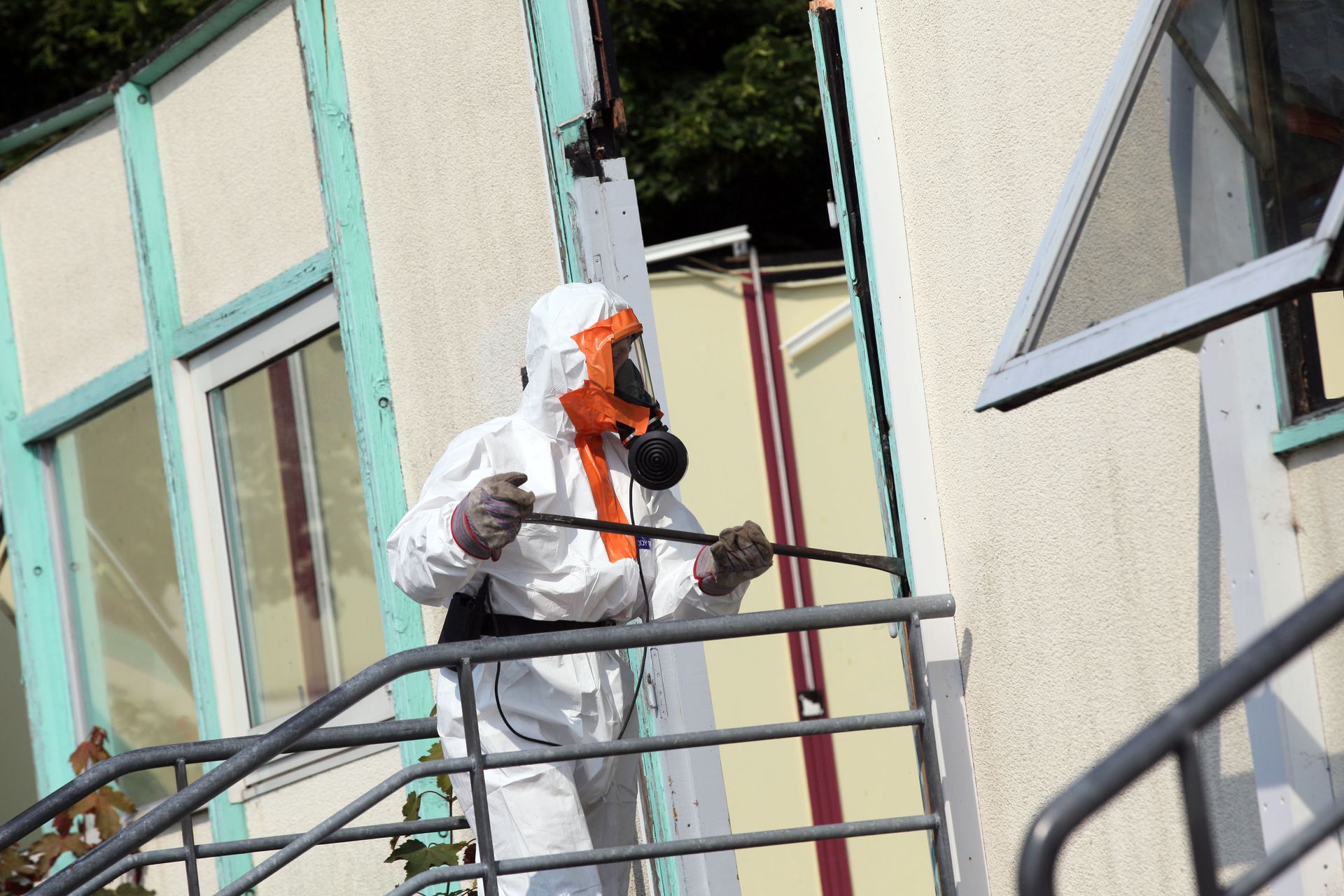
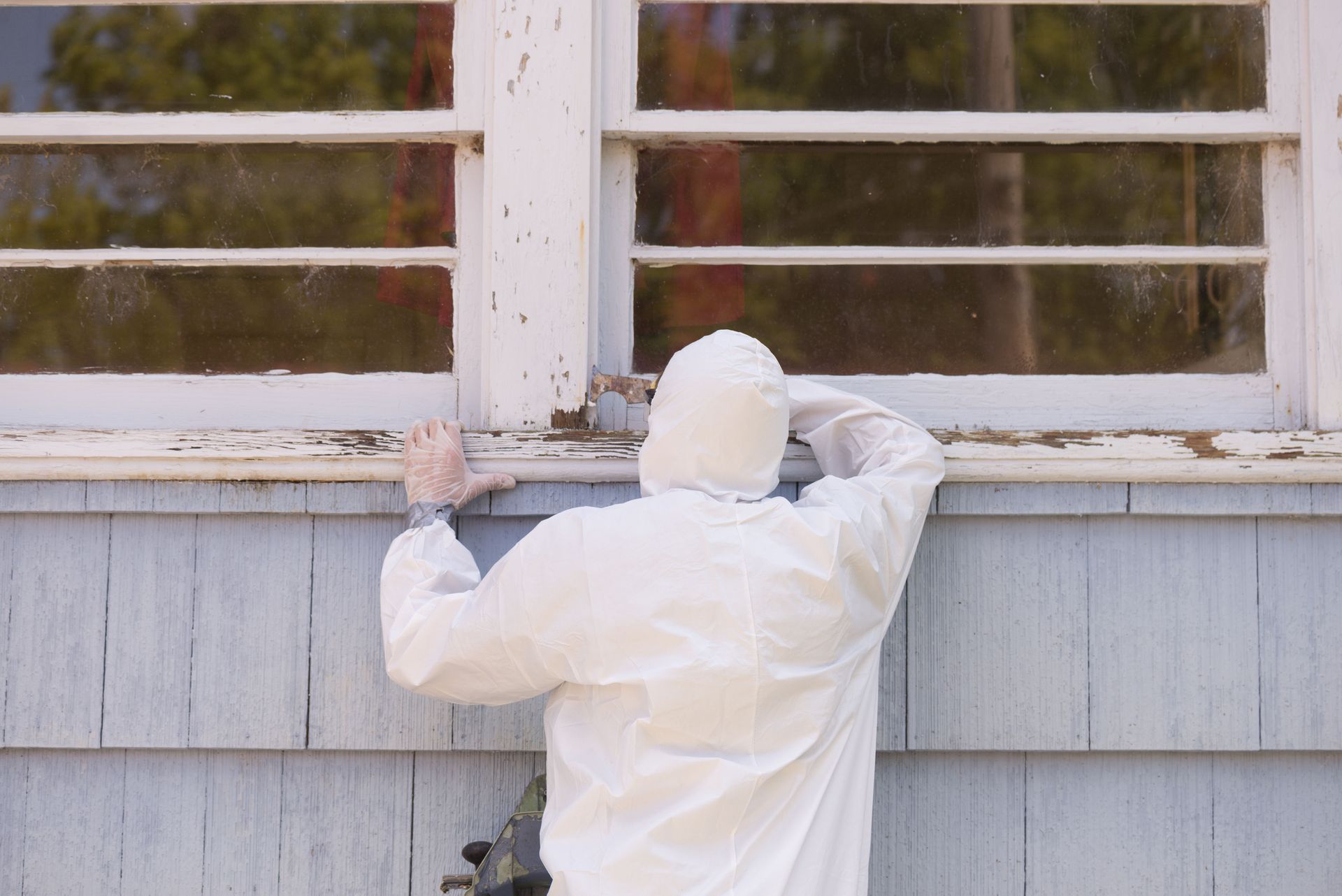
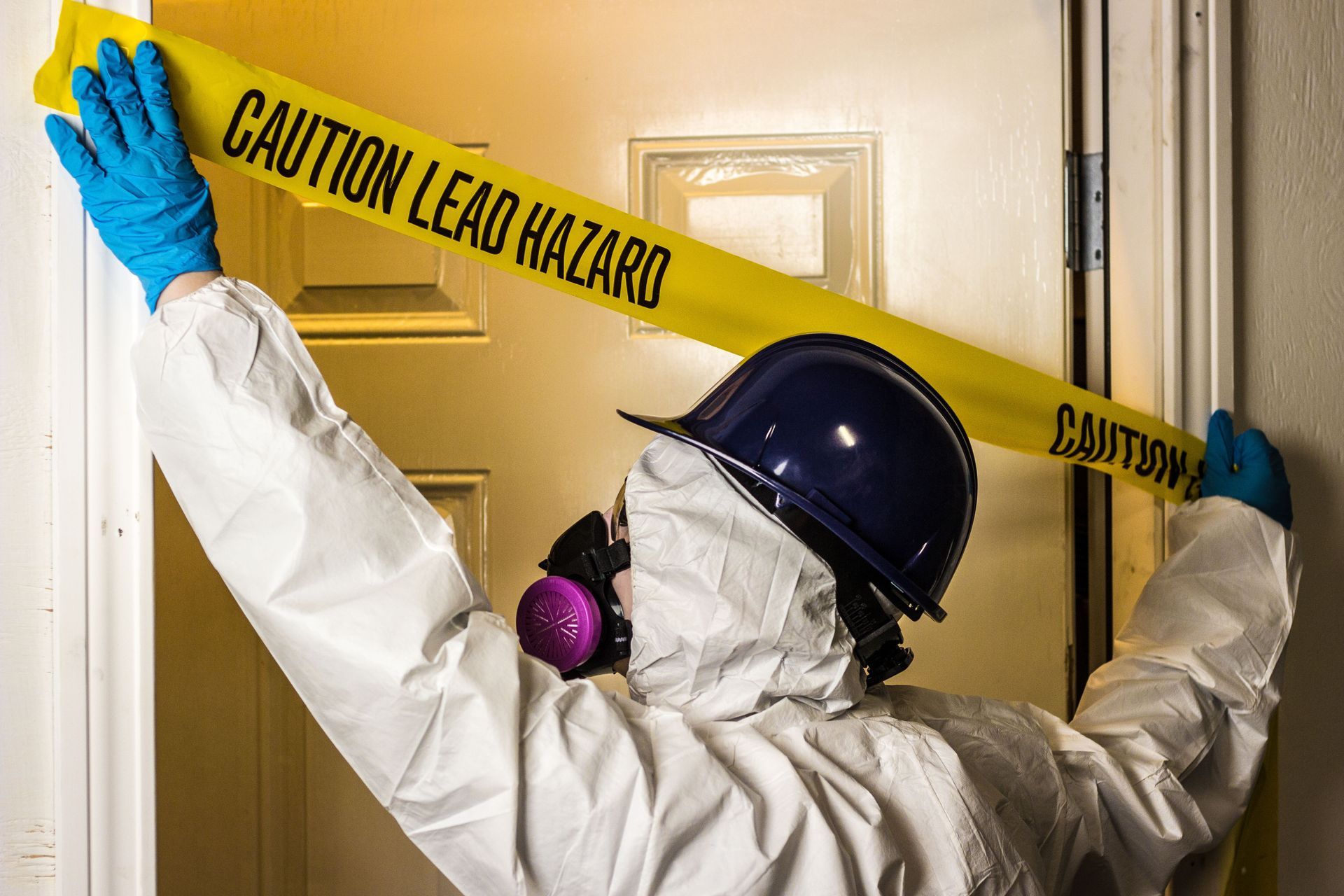
Share On: